Sighisoara Dreams
Never judge a city by its train station neighborhood. They tend to be grimy, cracked, and carry a certain energy that makes you want to put your hand on your wallet and leave by nightfall. Romania defied this rule, even in the capital, but nowhere bucked the trend as consummately as Sighisoara.
Within a block of the simple yet elegant station, I could hear children playing, see a grandfather sweeping his threshold, and smell garlic and herbs from at least two kitchens. Along the side of an otherwise unremarkable street ran a short line of delicate rose bushes, not the result of some municipal beautification project, but because some resident just likes roses, so planted and cares for them. Was I in someone’s nostalgic idyll?!?
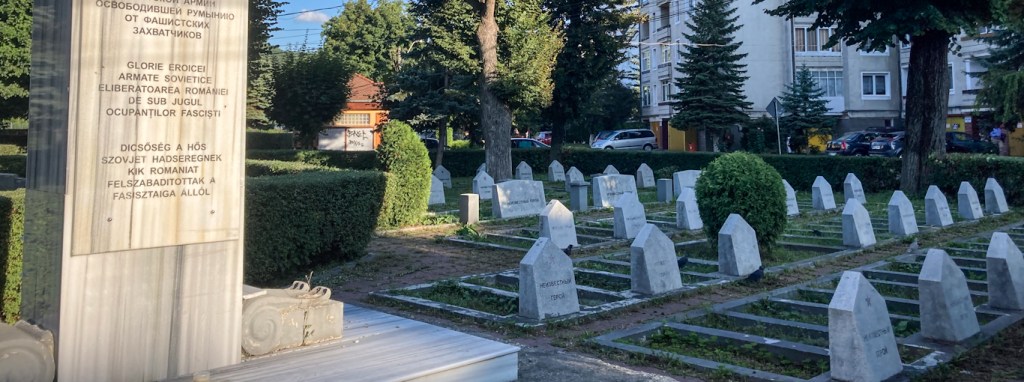
At the end of the block, my historian’s heart was intrigued to find a small cemetery whose three languages of inscription did not include English, but seemed to be praising the Soviet Army for freeing Romania from fascist occupation. Cozy, pretty, AND interesting at both historic and contemporary levels?
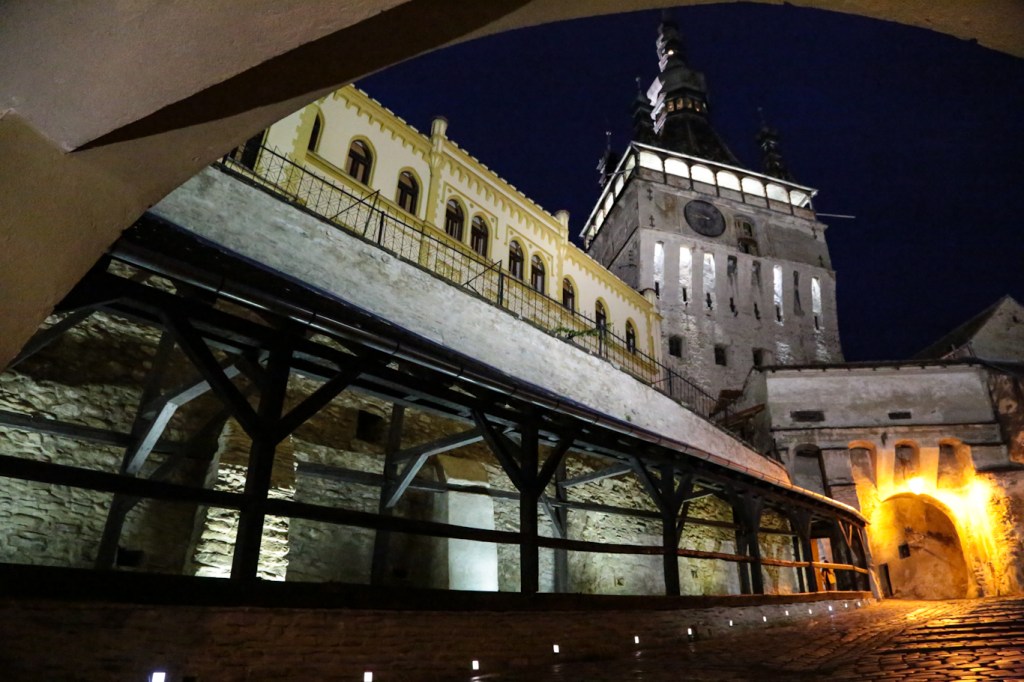
“But maybe the center will be different,” I cautioned myself, knowing that tourist areas can sometimes carry their own personality (or impersonality, as the case may be). But as I worked my way along the edge of Sighisoara’s Old City Center, the feeling continued. Sighisoarans were sipping coffee at comfortable tables in half timbered restaurants within reach of the iconic Clock Tower, passersby leaned in shop doors to say hello to friends as they passed, and little groups of adolescents pretended they weren’t gawking at each other as they perambulated the boulevard. All of it was so fun, beautiful, and…real. Affection for this place was blooming in me, and I had neither arrived at my hostel nor even verified how to properly pronounce its name! (“Siggy – shwara.”)
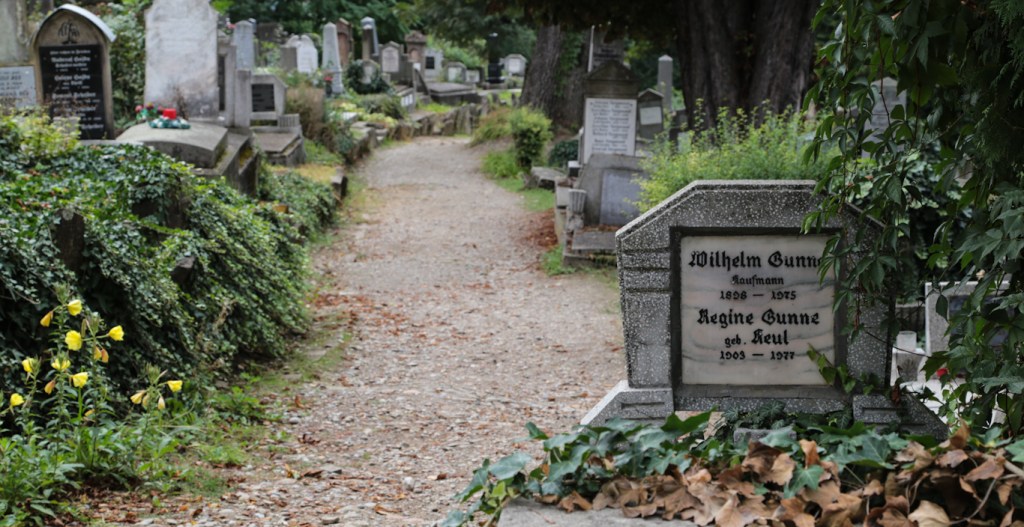
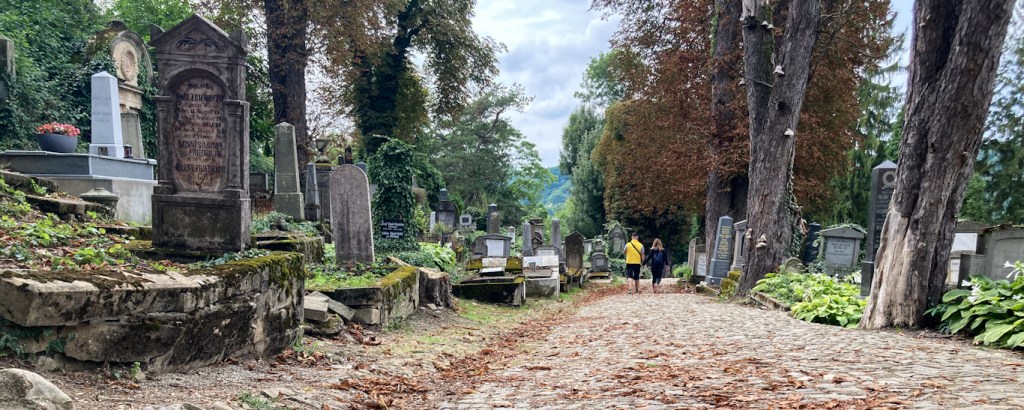
The feeling only grew over the subsequent days, as I explored what is basically a medieval hilltop city, crucial in its day but converted by the centuries into a picturesque retreat, with good restaurants, winding cobblestone lanes, and a fascinating cemetery that filled my camera with tombstones. It was like a cross between Orvieto, Bruges, and Rothenburg op der Tauber, but with better views and a lot less tourists.
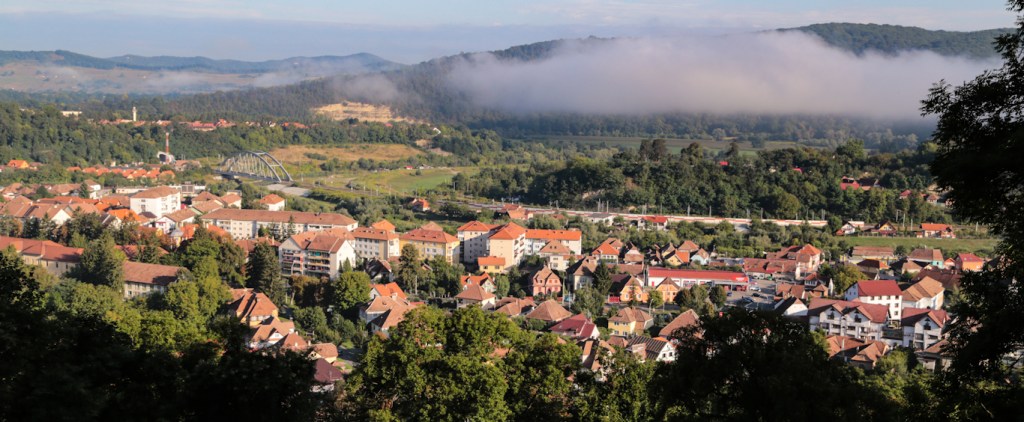
As I walked the 176 steps of the Scholars’ Stairs in the morning mist, stood under the gorgeous Clock Tower as evening bloomed, or sat down to a hearty meal of sarmale and polenta, I kept thinking “It would be so great to bring a group here.” That desire was part of what drove me to create a 14 Day Romania Tour, so if you join me, we’ll get there on Day 5. (And I didn’t even tell you about the wineries yet.)
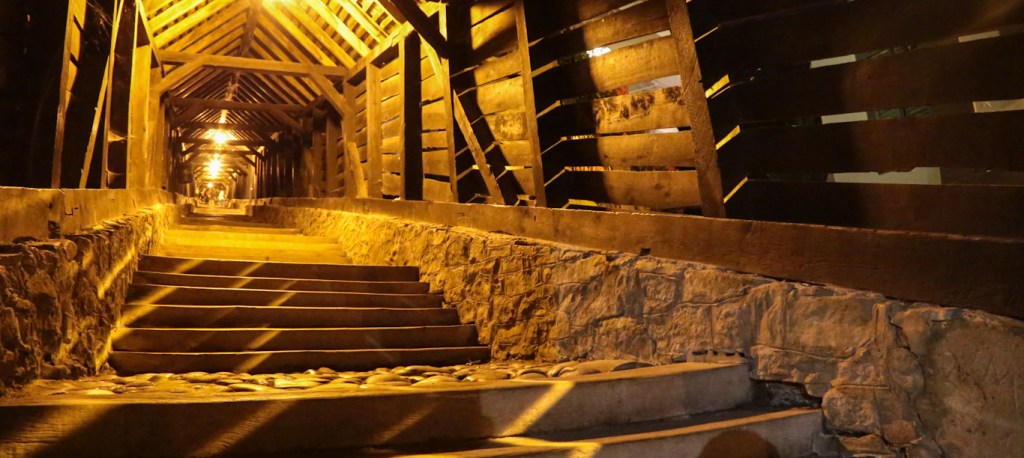

How I wish we Australians could get out and travel. Maybe next year.
LikeLike
Indeed, I look forward to a decrease in restrictions as the global population moves toward vaccination. Fingers crossed!
LikeLiked by 1 person
We are interested! Looking into it now..
LikeLike
I’d be glad to have you both! (And no creaky hostel-like hotels on this itinerary. Quite the opposite.)
LikeLike
Pingback: All I want for Christmas is a sneak preview of the itinerary… | Vagabond Urges